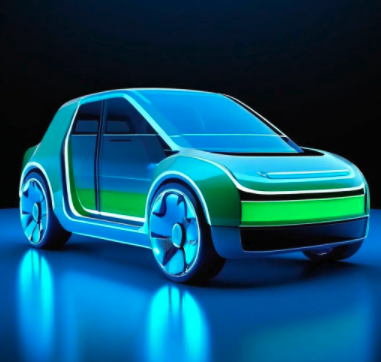The automotive industry stands at the cusp of a transformative era, with new energy vehicles (NEVs) leading the charge towards a sustainable future. Driven by technological breakthroughs, supportive policies, and growing environmental awareness, the NEV sector witnesses unprecedented growth, outlining a roadmap of innovation and disruption.

Rapid Technological Advancements
At the forefront of NEV development are groundbreaking improvements in battery technology. Lithium-ion batteries, once considered the gold standard, are being surpassed by solid-state batteries, promising higher energy density, faster charging times, and enhanced safety. Additionally, the integration of advanced materials research pushes the boundaries of battery efficiency, significantly increasing driving ranges and reducing costs.
Electrification Beyond Passenger Cars
While passenger vehicles currently dominate the NEV market, the trend is expanding to include commercial vehicles, buses, and even heavy-duty trucks. This diversification signifies a comprehensive shift towards electrification across all transportation sectors, with governments and corporations alike investing in green fleets to decarbonize logistics and public transport.
Connected and Autonomous Vehicles
NEVs are not just about electrification; they are integral to the evolution of connected and autonomous vehicles (CAVs). Integrating AI, IoT, and 5G technologies, future NEVs will offer enhanced safety, optimized routing, and personalized in-car experiences. Self-driving NEVs promise reduced traffic congestion, improved road safety, and more efficient energy use.
Infrastructure Evolution
Recognizing the need for robust charging infrastructure, governments and private entities are accelerating the deployment of charging stations, including ultra-fast chargers and wireless charging systems. The integration of smart grid technologies ensures efficient energy distribution, while Vehicle-to-Grid (V2G) capabilities turn NEVs into mobile energy storage units, further stabilizing power networks.
Policy Support and Incentives
Policies and incentives play a pivotal role in NEV proliferation. Tax credits, purchase subsidies, and exemption from registration and road taxes incentivize consumers. Governments are also setting ambitious targets for phasing out internal combustion engine vehicles, pushing automakers to invest heavily in NEV production.
Global Collaboration and Competition
The NEV revolution transcends borders, fostering international collaborations on standardization, battery recycling, and R&D. Simultaneously, competition intensifies as traditional automakers, tech giants, and startups vie for market share, spurring innovation and hastening the transition to a zero-emission mobility future.
In conclusion, the trajectory of new energy vehicle development paints a picture of a future defined by cleaner, smarter, and more interconnected transportation systems. As technology advances, policies mature, and consumer preferences evolve, the NEV sector is poised to reshape the way we move, contributing significantly to global sustainability goals.




